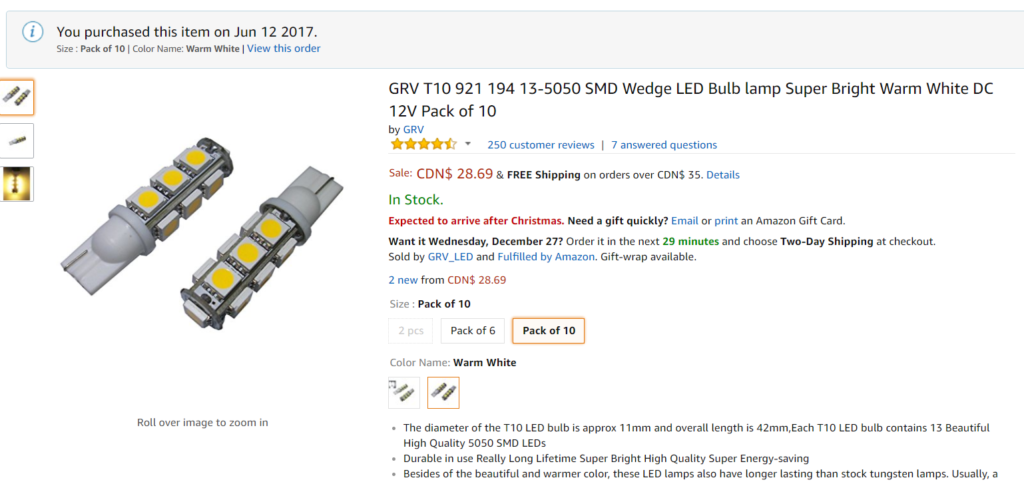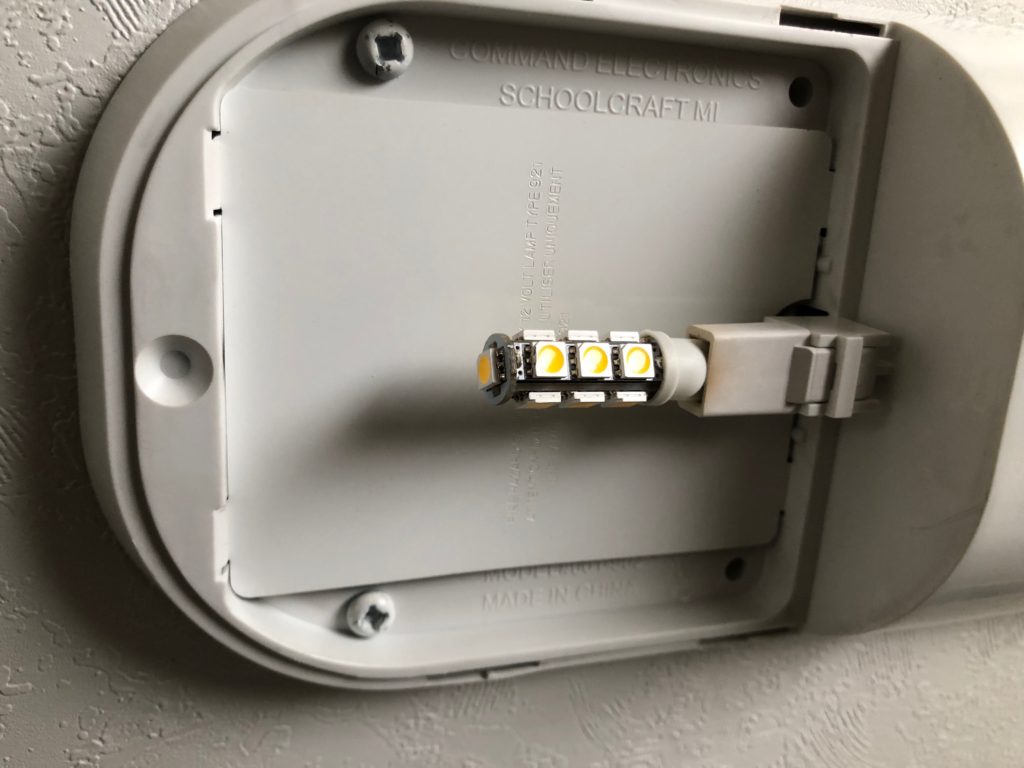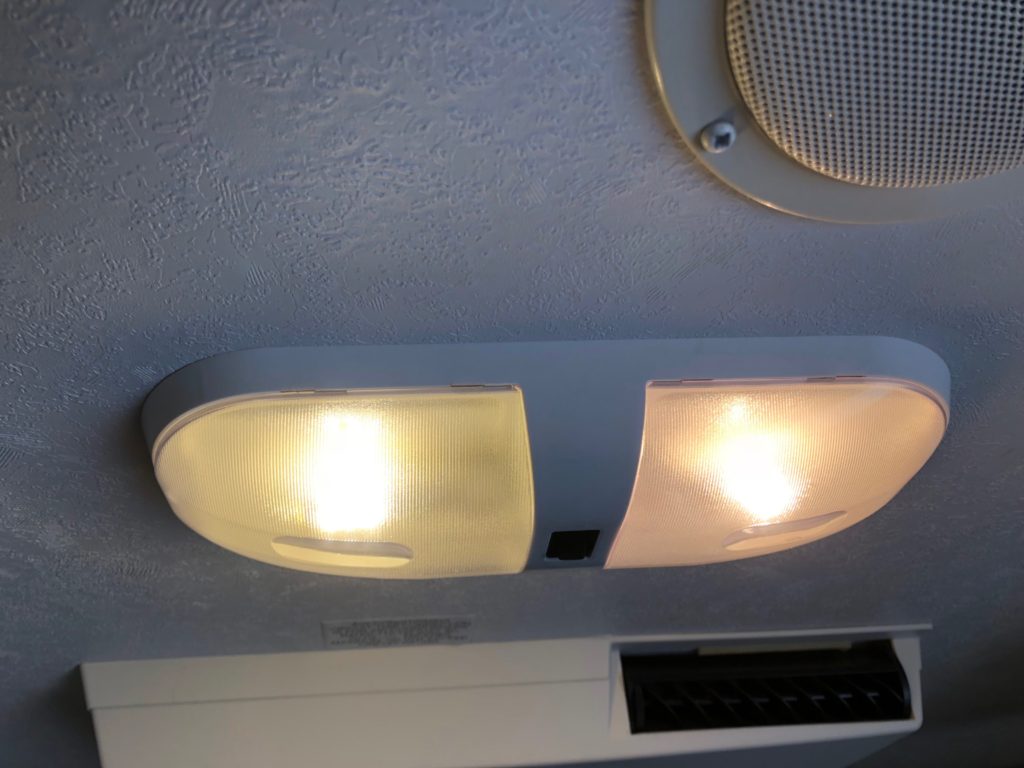The heavy scent of wood smoke from a campfire always unlocks the memories. Through the swirling mist of time, the years part like a curtain and I’m ten years old again. In my mind’s eye, I’m at cub scout camp with all my friends; hiking, canoeing, and fishing. Exhausted at the end of the day, we crawl into our tents as the stars wink on, listening to the thrumming of June bugs on the tent flaps. Before long, my shallow breathing gives way to dreams of winding rivers and unclimbed mountain peaks. A rustling sound in the leaves jolts me awake. “What’s that?” my friend asks, thrashing out of his sleeping bag. Reaching behind my pillow, I grab my heavy flashlight and click the rubber switch. A feeble cone of yellow light shines on the tent door, scaring away whatever small mammal had been sniffing around our campsite. “Walker, you need a better flashlight” my friend moans, rolling over and pulling his sleeping bag over his head.
Indeed.
The Discovery of How Poor RV Light Bulbs Truly Are
Imagine my surprise when I turn on the RV lights in our newly purchased RV. The feeble yellow bulbs glow like the flashlight of old. Removing the cover, I inspect one of the lights. Reaching out to touch it, I recoil from the searing heat. Worse than the old flashlight.
Over a glass of red wine that evening, I problem solve 21st century-style on Amazon. Before long, the solution stares back at me from the screen. I order a 10-pack of LED RV bulbs for $30.
LED RV Light Bulbs = Money Saved!
While we weren’t planning to boondock any time in our first season or two, I have long-term plans to install solar panels and upgrade the single 12V battery. In the meantime, the LED RV light bulbs are the first step in pursuing energy independence. As I waited for the bulbs to arrive, I compared the energy numbers for the new bulbs to the traditional incandescent bulbs that came with the camper. The math confirms the new LED RV light bulbs will use less than 10% of the power of the originals, helping support our future boondocking plans.
| Specification | Original bulb: #921 incandescent | LED RV bulb |
| diameter | 16mm | 11mm |
| length | 35mm | 42mm |
| Amperage | 1.4 amps | 0.12 amps |
| Voltage | 12.8V DC | 12.8V DC |
| Life expectancy | up to 1000 hrs | Up to 50,000 hrs |
| Cost/unit | ~$1.50 | ~$2.90 |
| Power consumed | 17.92 watts | 1.5 watts |
| brightness | ~120 lumens | ~200 lumens |
LED RV light bulb specifications vs. old incandescent bulb
Installing The New RV Light Bulbs
Once the new RV light bulbs arrived, I checked the fit. Some users reported problems with the lights not working. I found that the spacing of the small wire filaments was the likely issue. Like many small DC voltage bulbs, the filaments are slightly moveable. To avoid problems, ensure they are spaced properly to make contact in the socket. If not, move them slightly using a fingernail or a flat screwdriver. In my pack of ten bulbs, I had to adjust the filaments on two of them.
The light of the new LED RV light bulbs is brighter and more of a daylight hue than the incandescent bulbs. While they do generate a little bit of heat, it is much less.
The new LED RV light bulbs survived the first season with no burnouts. The next step will be to install solar panels and upgrade the 12V battery for future boondocking.
And yes, we bought new LED flashlights for the camper too.




